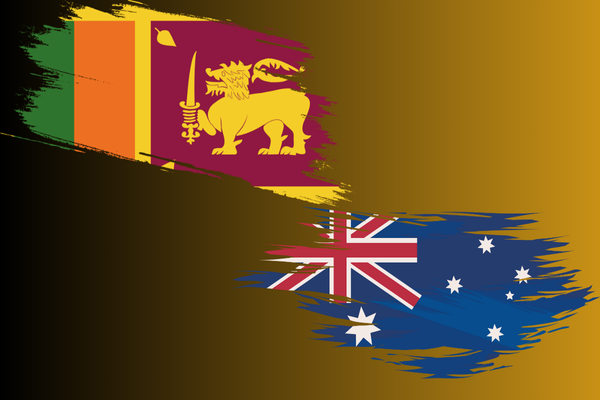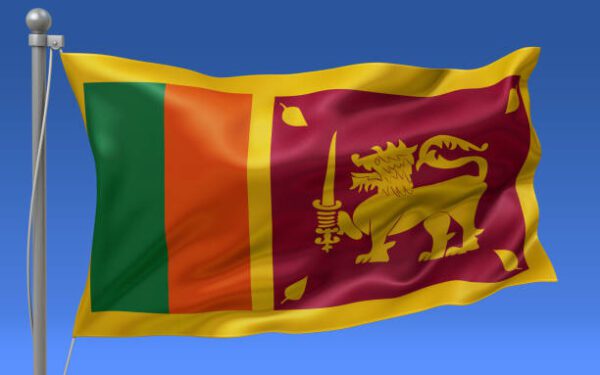The search for the Buddha’s toothbrush
By Bhante S. Dhammika of Australia
We usually think of the Buddha’s Dhamma as being “deep, difficult to see, accessible to the wise, and going against the stream” and with good reason. The Buddha himself described his Dhamma like this. Further, when we examine it we see that it deals with some of the most fundamental questions of life and destiny in terms as subtle and as comprehensive as any modern philosopher or psychologist. But while this is true, it is equally true that the Buddha addresses far less lofty but still important issues, issues that relevant to ordinary human beings, whether they be awakened or not, whether they be professors, postmen or pheasants. An example of this less lofty but still important aspect of the Dhamma is what the Buddha had to say about dental hygiene. “Dental hygiene!” some might ask. “What has practicing the Dhamma got to do with dental hygiene?” Well, quite a lot when you think about it. Can you imagine trying to focus on a dhammadesana while you were suffering from a throbbing toothache? Would you be able to take in everything an arahat was trying to impart to you if the only thing you could think about was his bad breath? The Buddha said that anyone can practice the Dhamma at any time and in any place. But he also said that there are five conditions that optimize the ability to practice the Dhamma, making it easier, increasing one’s chances of successful practice and attainment. These conditions are – when one is young, when one has good health, when one has sufficient food, when the country is at peace, and finally when the Sangha is united. A sick person capable of practicing the Dhamma. As the Buddha said: “You should practice the Dhamma thinking ‘Though my body be sick my mind shall not be sick’.” While keeping this in mind there can be no doubt that doing anything, achieving anything, is easier when you are free from illness and the worry and discomfort that often accompanies it. The main reason the Buddha recommended to his monks and nuns not to eat after noon was for its health benefits. He said: “I do not eat in the evening and thus I am free from illness and affliction and enjoy health, strength and ease.” Clearly the Buddha was interested in good health.
In a little-noticed sutta in the Anguttara Nikaya the Buddha advises us to clean our teeth regularly by itemizing the benefits of doing so. The sutta says: “There are these five benefits of using a tooth stick. What five? It is good for the eyes, the breath does not small, the taste buds are cleaned, bile and phlegm do not get in the food, and food tastes better. These are the five benefits of using a tooth stick.” (Anguttara, Book of Threes, Discourse 208) Ancient Egyptian and Babylonian sources mention teeth cleaning but this is the earliest comments on the value of dental hygiene.
It is worth examining what the Buddha has to say here. Is there a connection between the eyes and the mouth? Indeed there is. An infection in the mouth can spread through the maxillary sinus causing sinusitis, a disease which can cause headaches and pain and pressure behind the eyes. The second advantage of good dental hygiene is that the taste buds, the papillae or rasaharaniya in Pali, are cleaned. The Kusa Jataka (no. 531) says that there are 7000 taste buds, which is quite close to the modern count of between 2000 and 8000 on the average human tongue. Cleaning the teeth removes the white film that often forms on the tongue and can cause halitosis, i.e. bad breath.
And of course a fresh, clean mouth allows the taste of the food to be fully experienced and appreciated. The Susruta Samhita, the classic work on Ayurveda, parts of which may date from only a few centuries after the Buddha, mentions something called dantasodhamacurna which must have been some kind of tooth paste. Perhaps this was used during the Buddha’s time but he does not mention it. The Susruta Samhitaalso refers to tongue-cleaning (jihvanirlekhana), the practice of running a thin strip of metal rubbed up and down over the tongue to scrap off the white film that sometimes forms on it. The Buddha does not mention this either.
The only implement the Buddha does mentions in relation to dental hygiene is the tooth brush, literally ‘tooth stick’ (dantakattha). This must have been a twig of some tree used either as a tooth pick or to clean the teeth in some way. But what tree provided such twigs or sticks? In several places the Jataka it describes people chewing a nagalata twig after meals. This very likely refers to the betel vine (Piper betle), a plant closely related to the pepper vine and with an astringent and mildly stimulating juice. Such twigs may have been used as a mouth freshener but they would have limited use as a brush, being too soft and flimsy. The Susruta Samhitasays a tooth stick can be made out of any of four trees; nimba, khadira, mandhuka or karanja. The first of these is of course the Neem Tree (Azadirachtaindica), the second is Acacia catechu, next is the Honey Tree (Bassialatafolia) and the last is the Indian Beech (Pongamiagalbra). Which of these could be the tooth stick recommended by the Buddha?
In India today chewing a neem twig is the most common way for cleaning the teeth although it is rapidly being replaced by the modern plastic version. Even in big cities first thing in the morning it is common to see neat piles of neem twigs for sale and people standing around vigorously chewing them. The normal way of using them is to chew one end of the twig until it frays and then rub it up and down over the teeth and gums. In villages neem twigs are the only toothbrushes available. Presumably it was the neem tree that provided the toothbrushes recommended by the Buddha. If so, it was a very good choice. Although extremely bitter, neem juice has strong anti-fungal and anti-bacterial properties. Just as importantly, the up-and-down rubbing of the stick removes build-up on and from between the teeth, and stimulates the gums. Thus it seems likely that the Buddha’s tooth stick was made of neem.



















